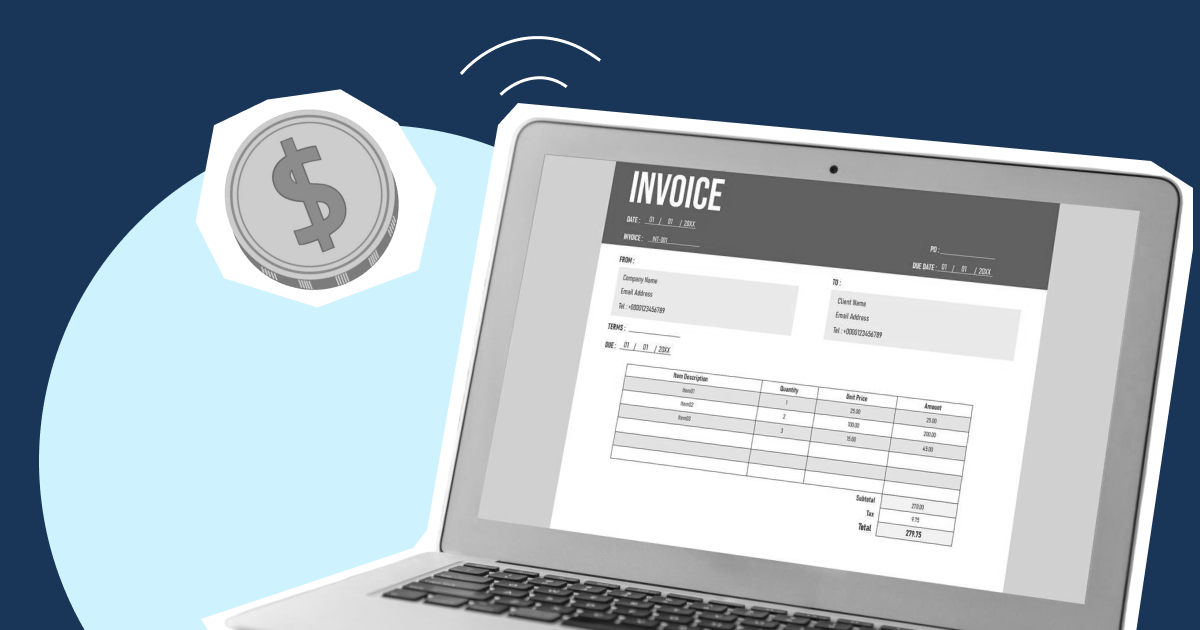Summary
If you've decided it's the right time to pursue a financing solution, the logical next step is deciding which one. The good news? With the rise of alternative lenders, a wider range of working capital loans are now accessible to small business owners.
Here’s an overview of the most common types of working capital loans available:
1. Short term loan
As its name suggests, short term loans are lump sum loans set to be repaid within a short period of time - typically six months. The loan will be repaid in regular installments, along with the lender’s fees and interest.
Compared to long term loans, short term working capital loans offer lower maximum loan amounts and carry higher interest rates for SMEs. These loans often come with more flexible lending terms and are easier to qualify for, and are therefore a great financing option for newly established ventures.
2. Business line of credit
A line of credit, also commonly known as revolving credit provides business owners with access to a pre-approved sum of capital. It helps to think of a line of credit as a credit card; it’s a facility you can draw from as and when you need, and interest is charged only on the amount that is drawn. When the amount drawn is repaid, your credit limit goes back up.
3. Invoice financing
Invoice financing is a short-term financing solution that enables businesses to borrow based on their unpaid invoices. By using your accounts receivables as collateral, you’ll obtain an advance of between 70 to 90 percent of your outstanding invoices through your lender. Once your customers pay up their invoices, you’ll receive the remaining balance (less the factor and processing fees).
4. Merchant cash advance
A merchant cash advance (MCA) isn’t a loan, but rather a lump sum payment that a MCA provider advances based on your credit card transactions. You’ll then hold back a percentage of your daily or weekly credit sales until the full repayment has been made. It’s a financing option that lends itself to businesses that receive the majority of their payments through credit cards, such as restaurants, beauty salons and retail companies.
Next, we'll cover a checklist of questions all SME business owners should ask themselves when selecting a working capital loan.








.webp)

%201.webp)


.webp)